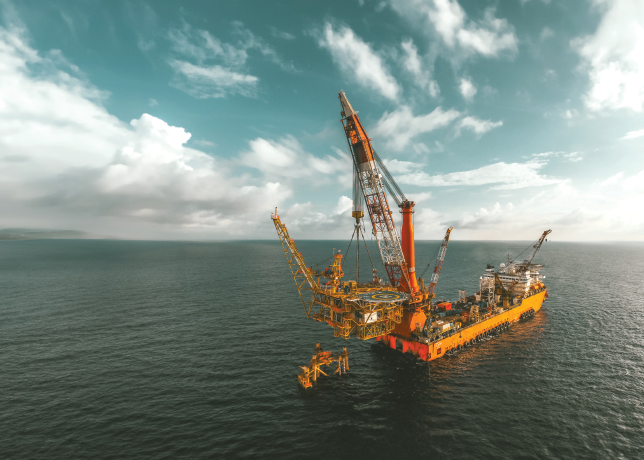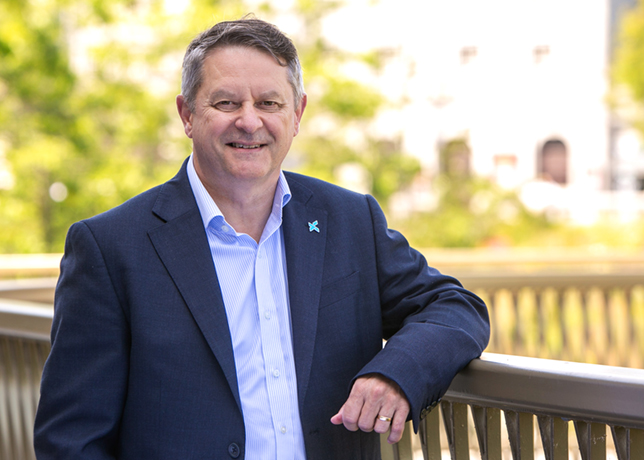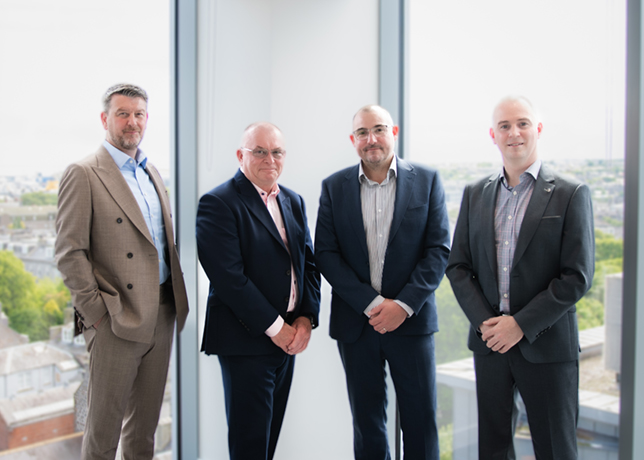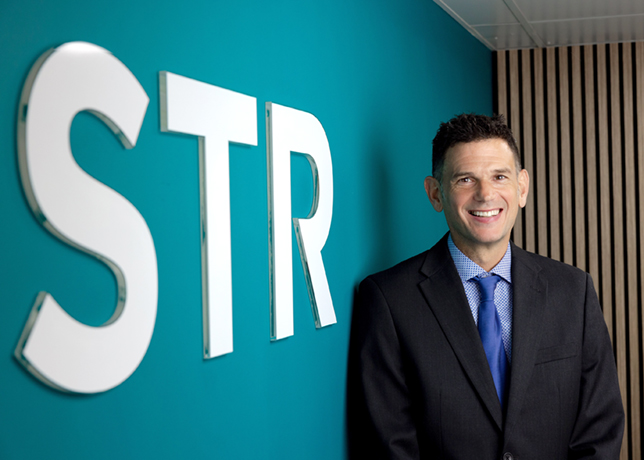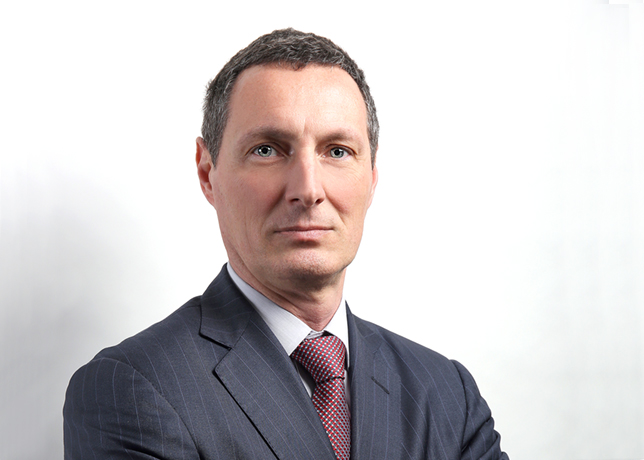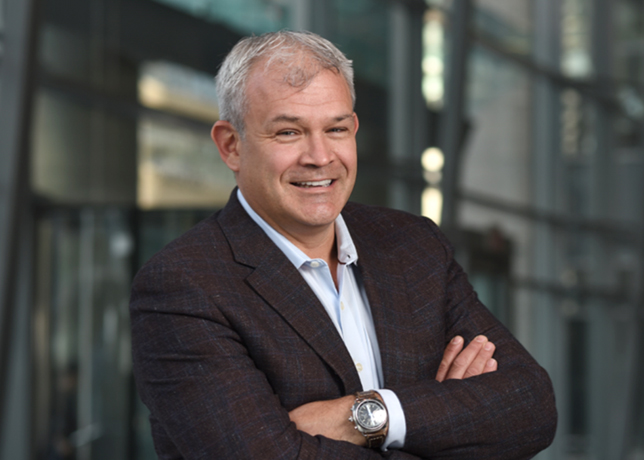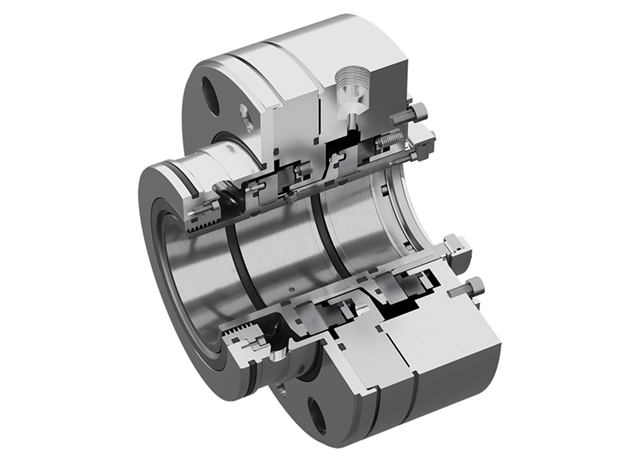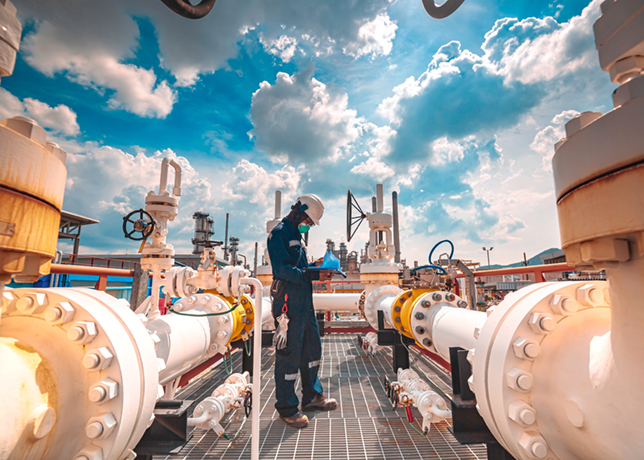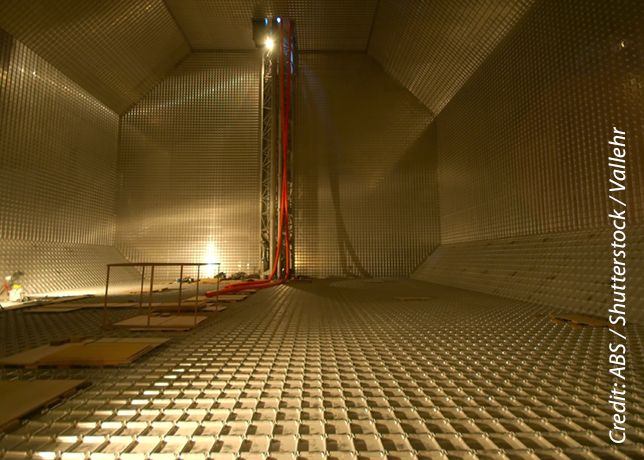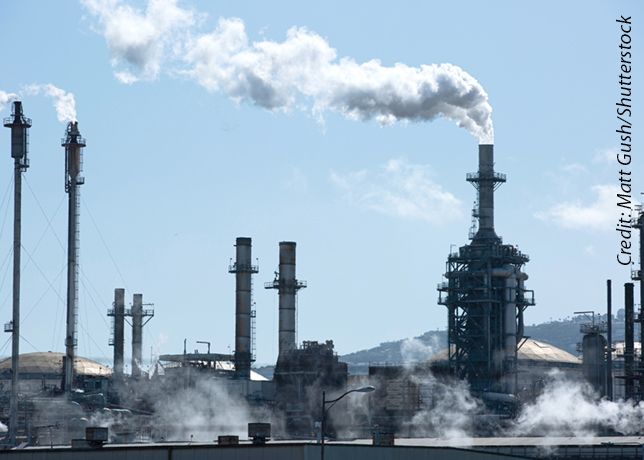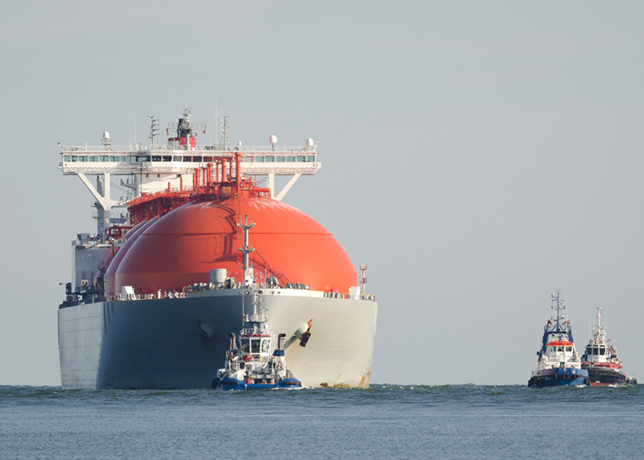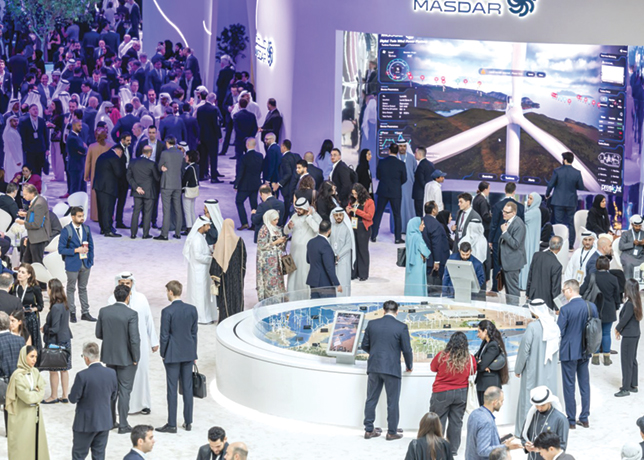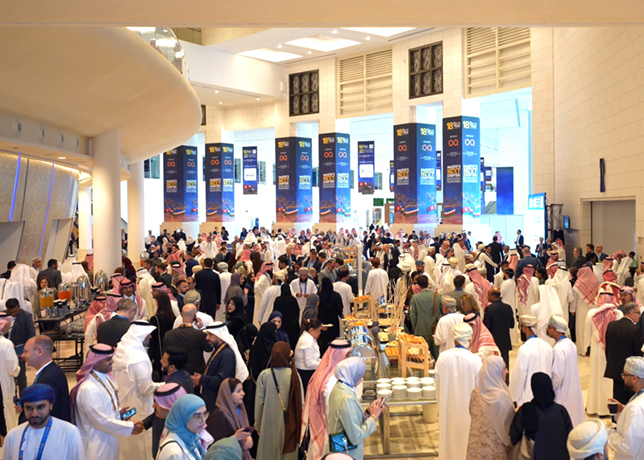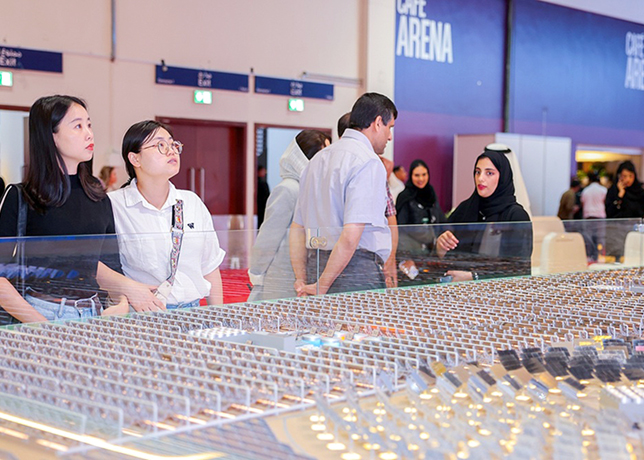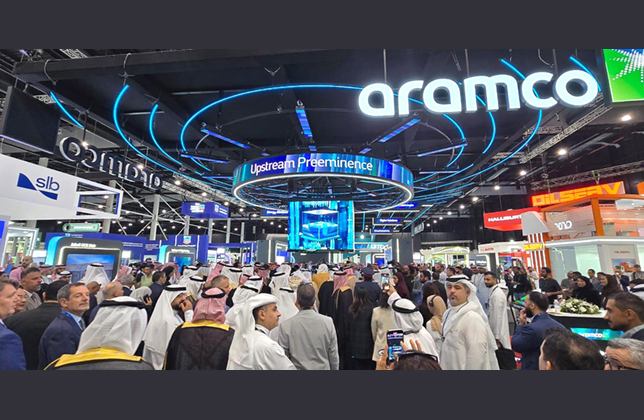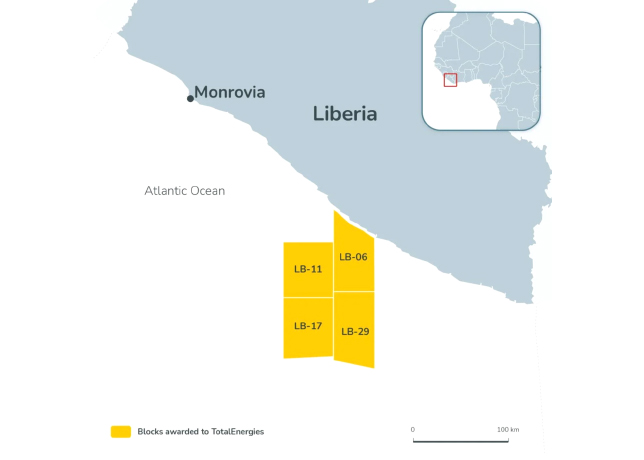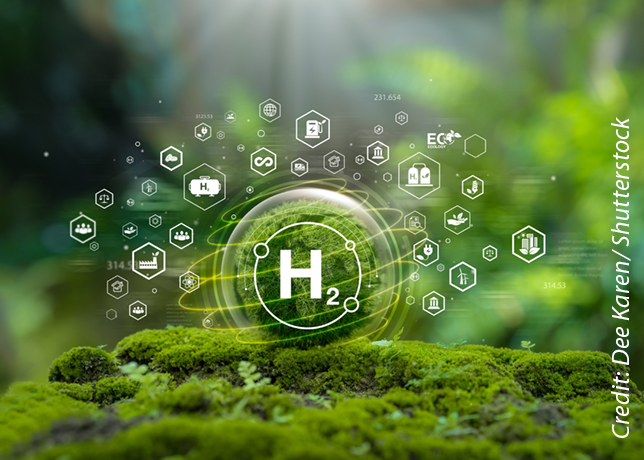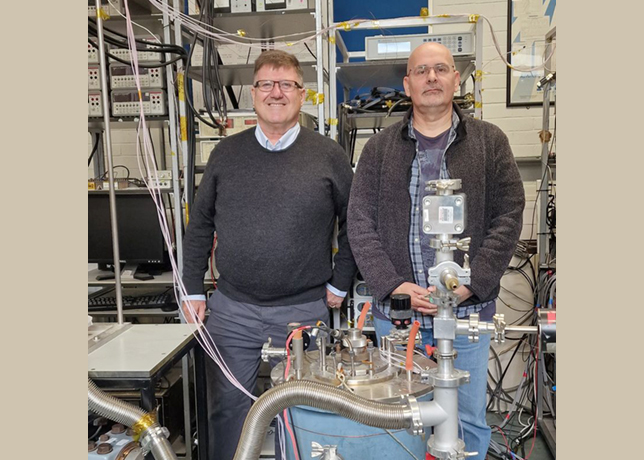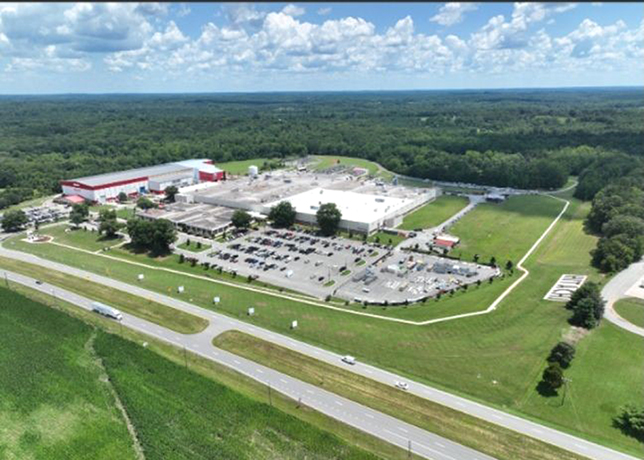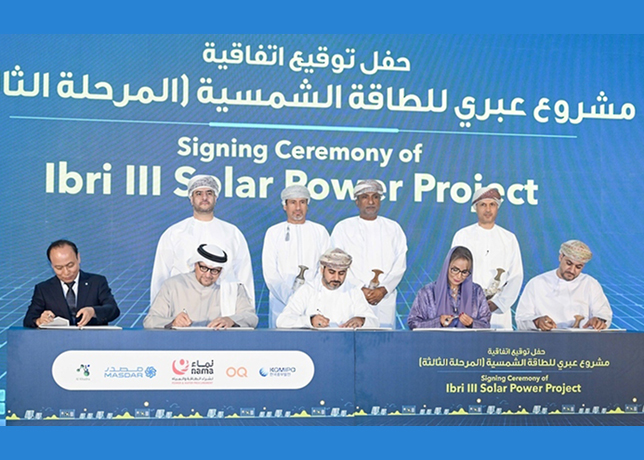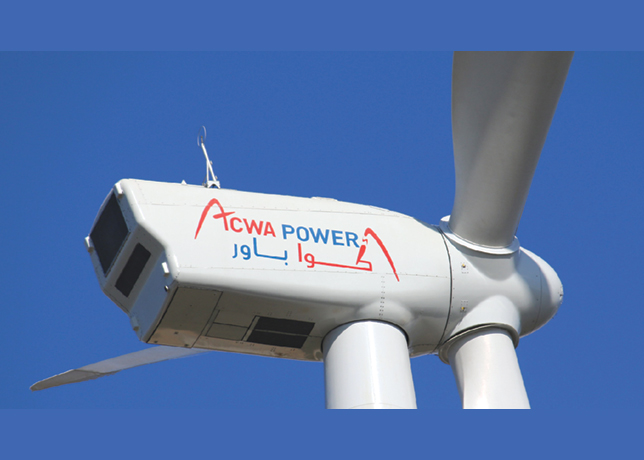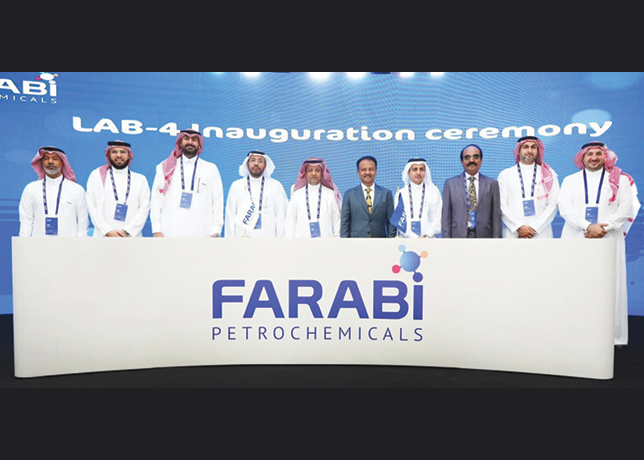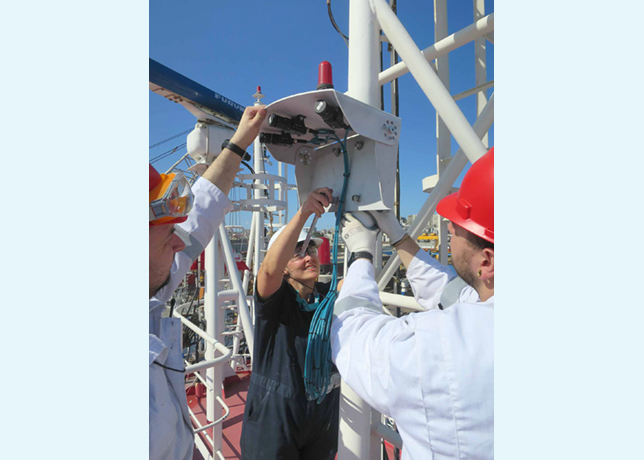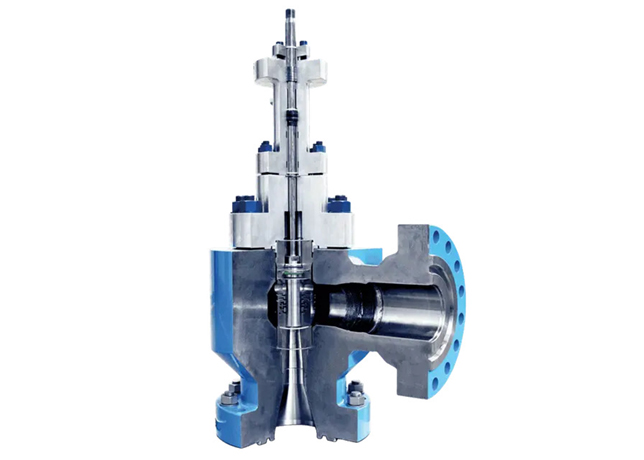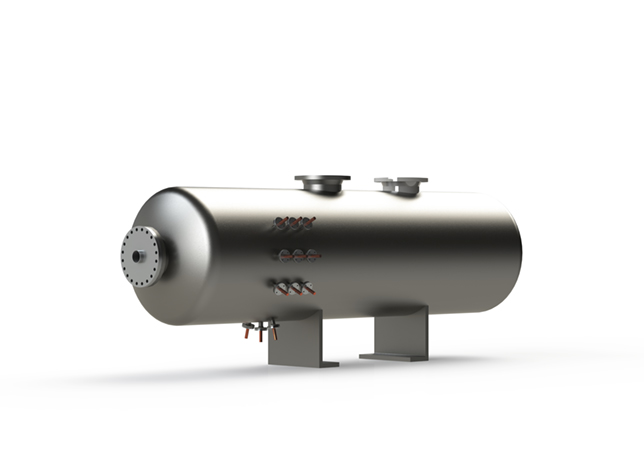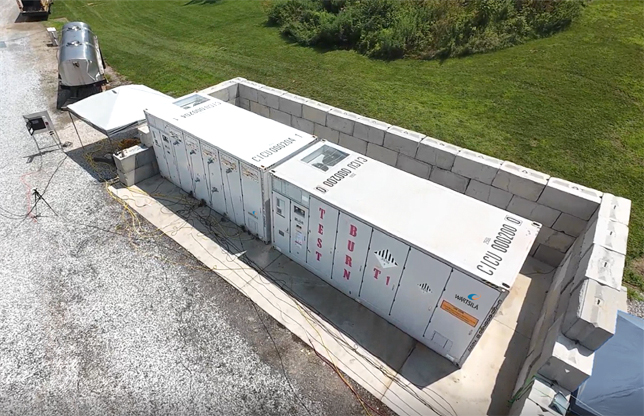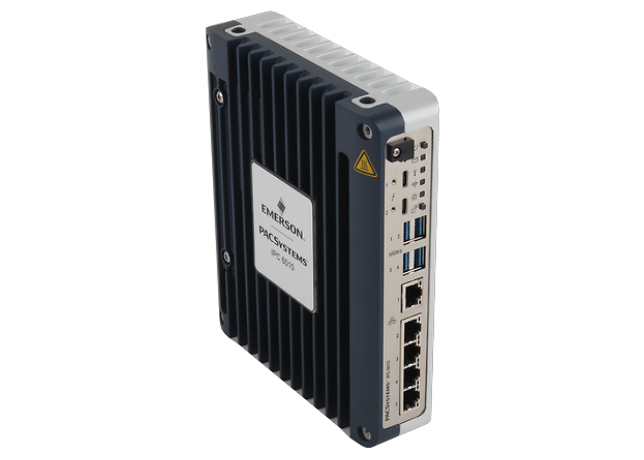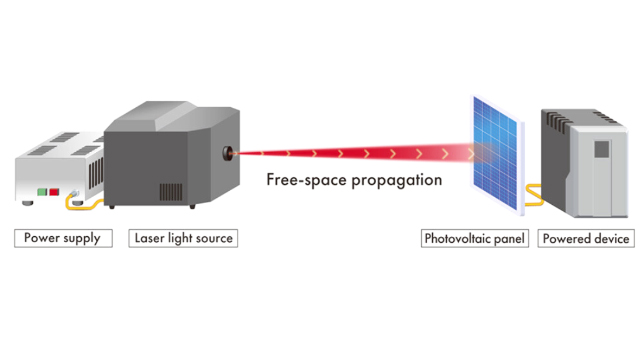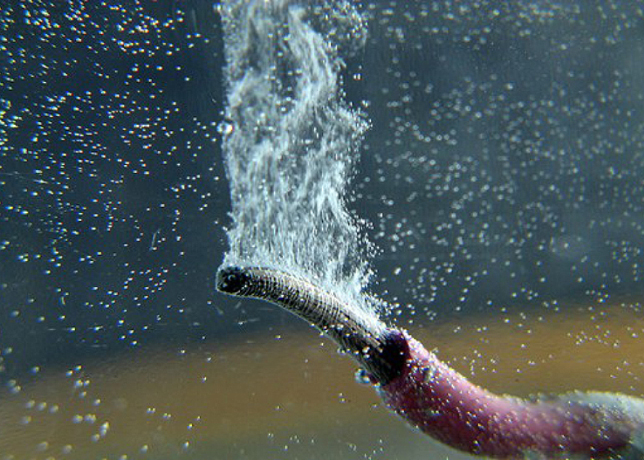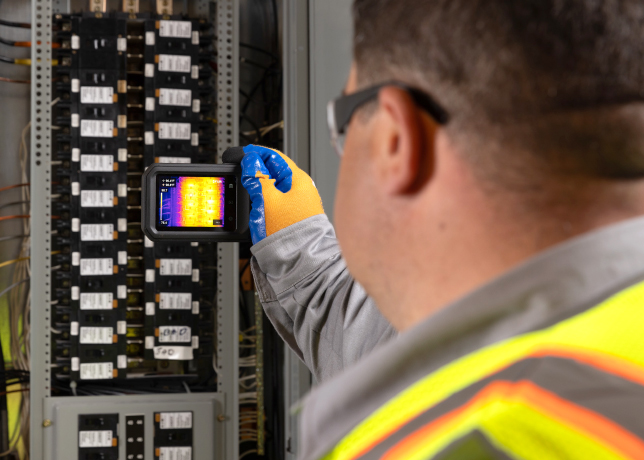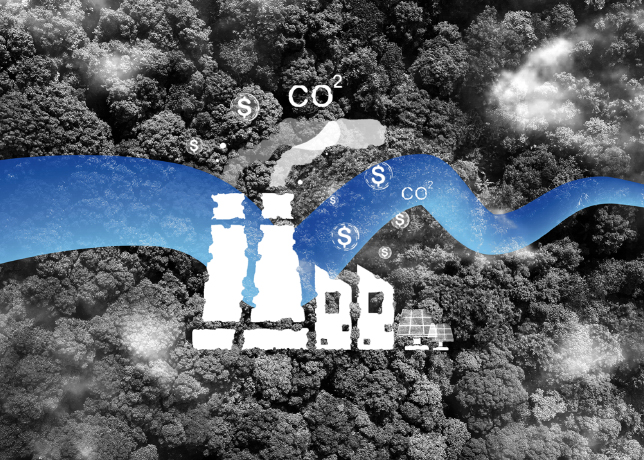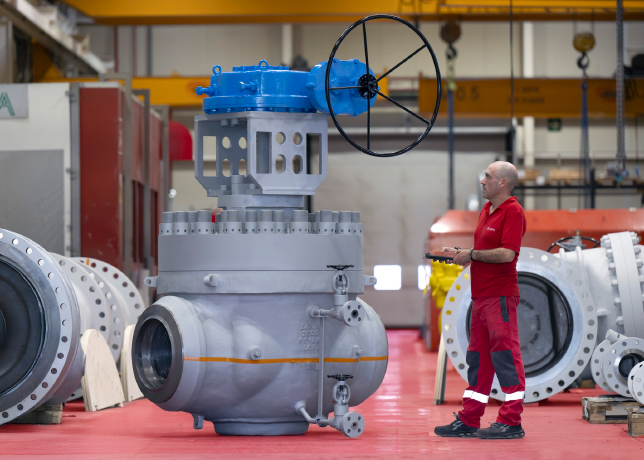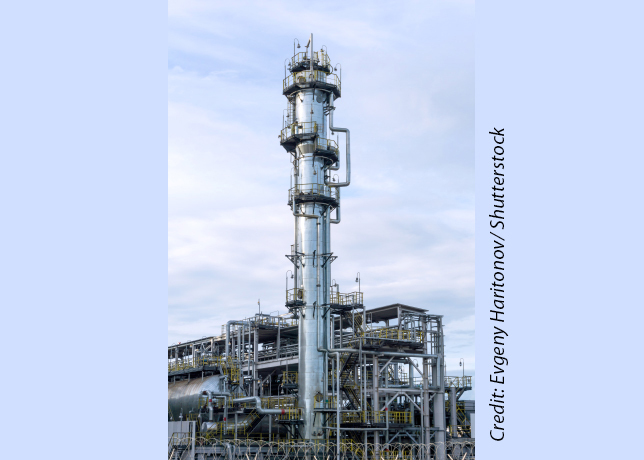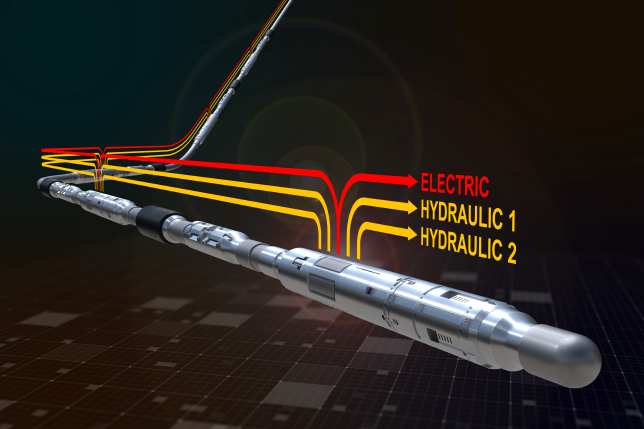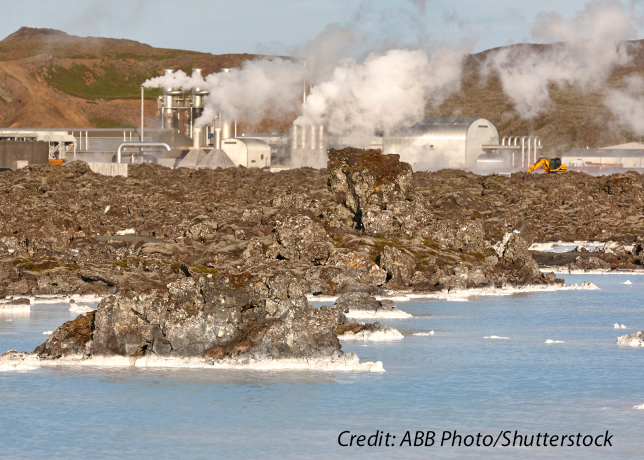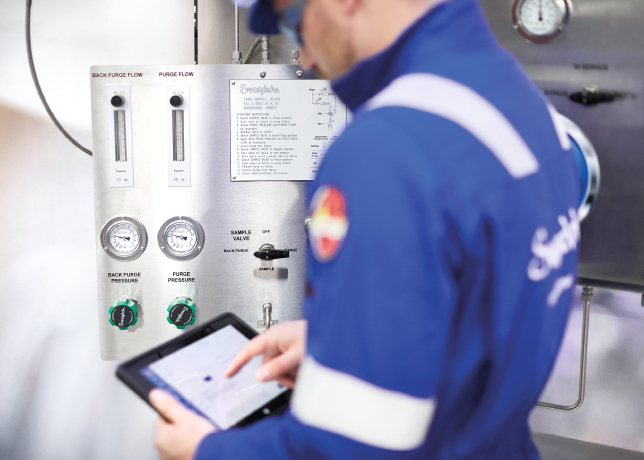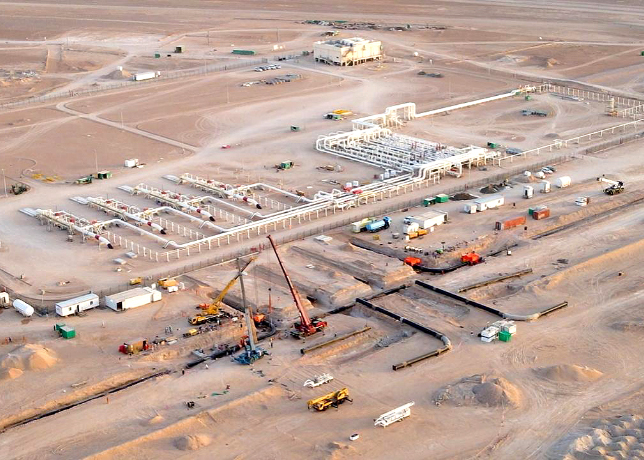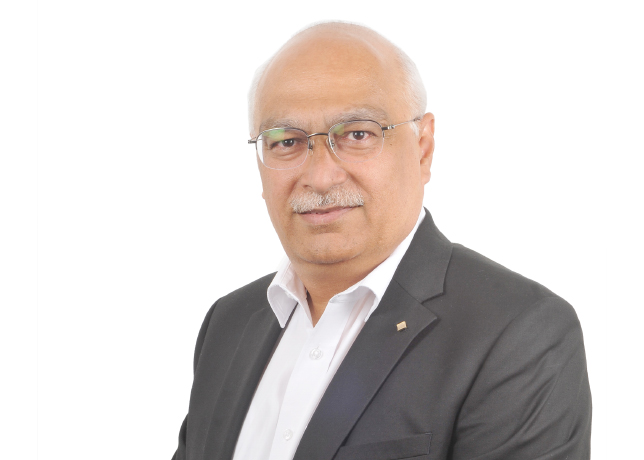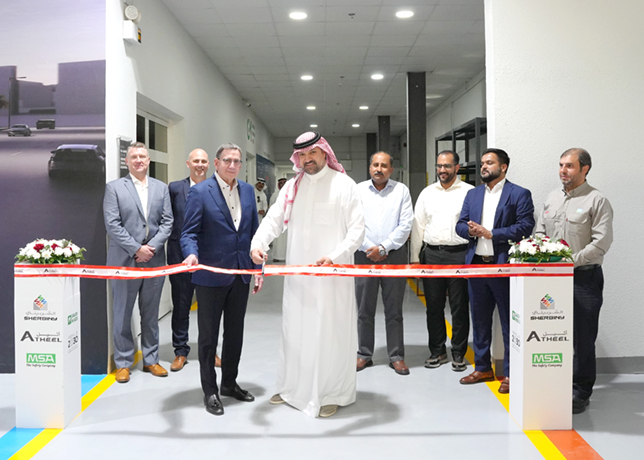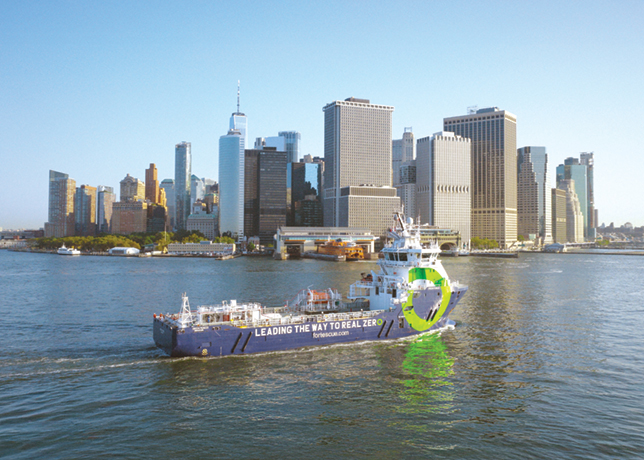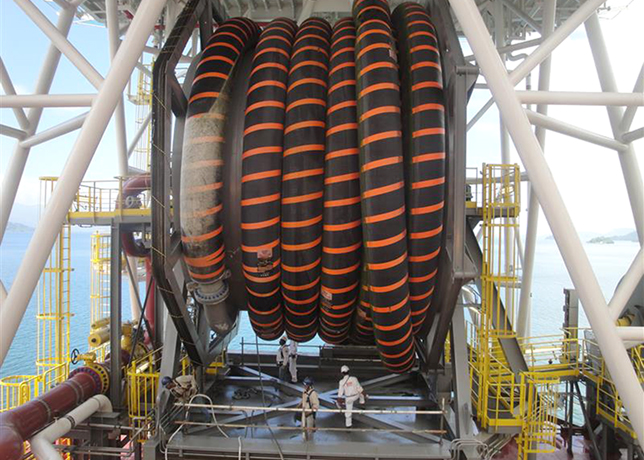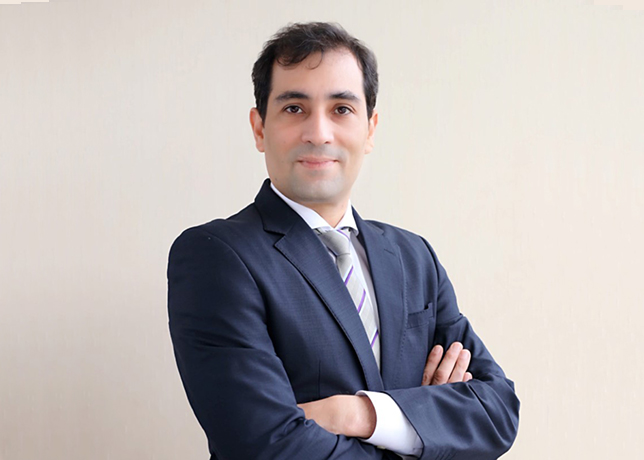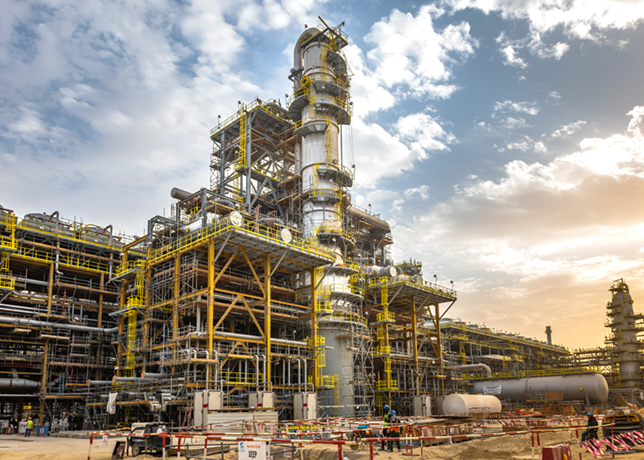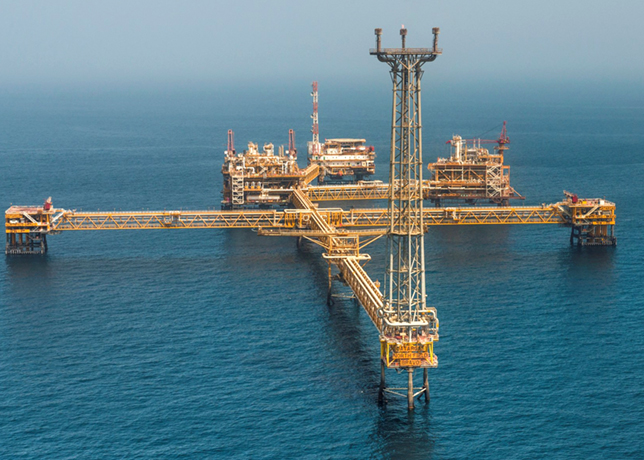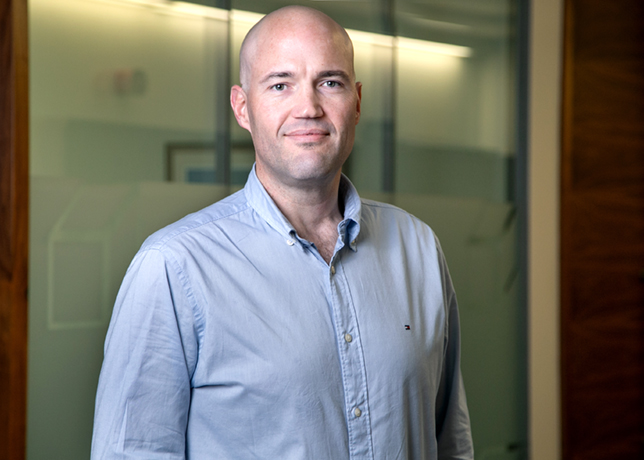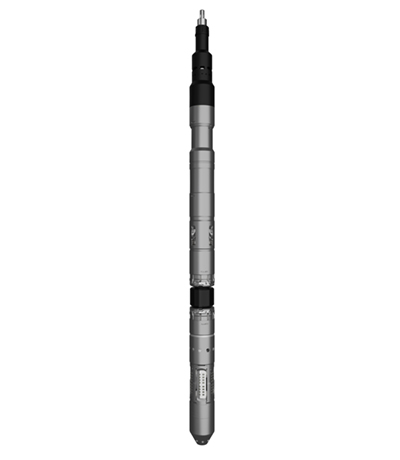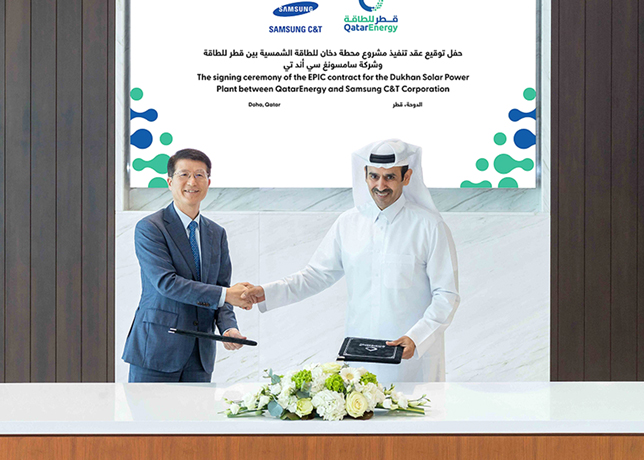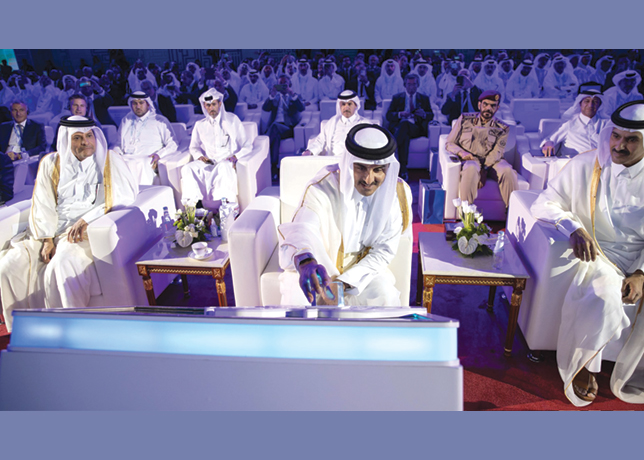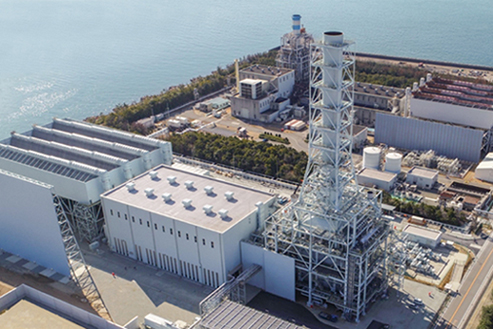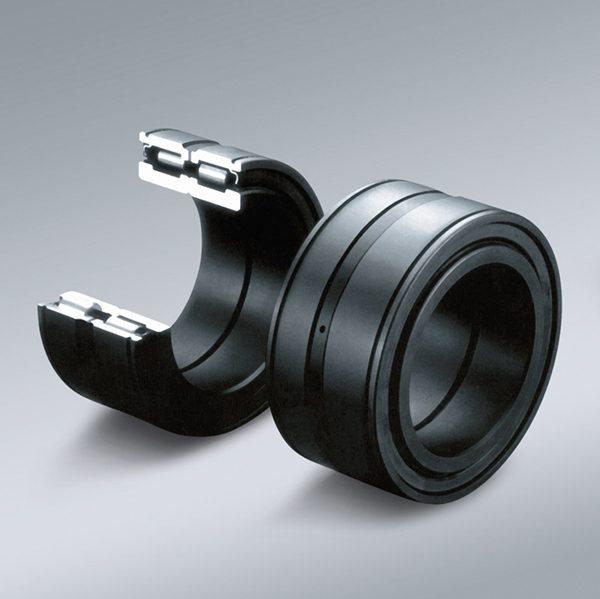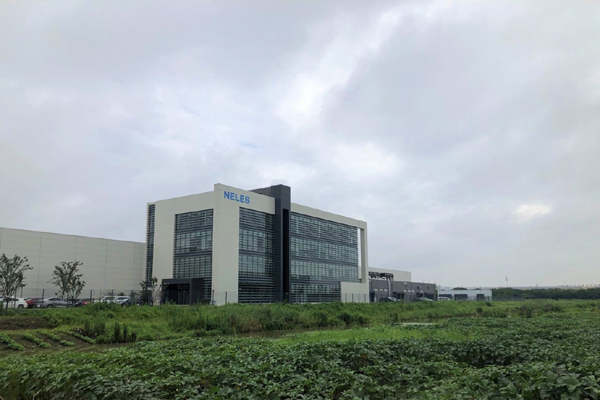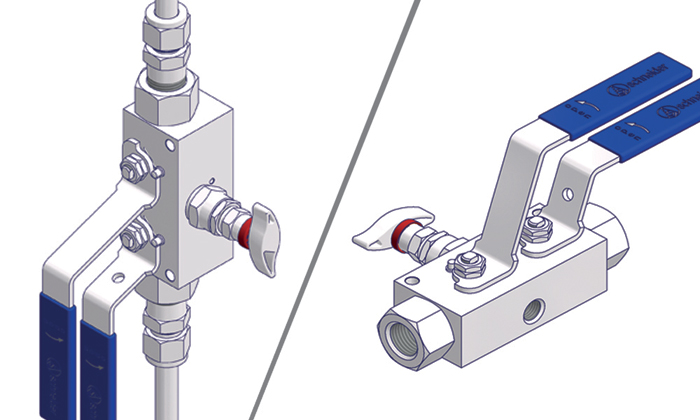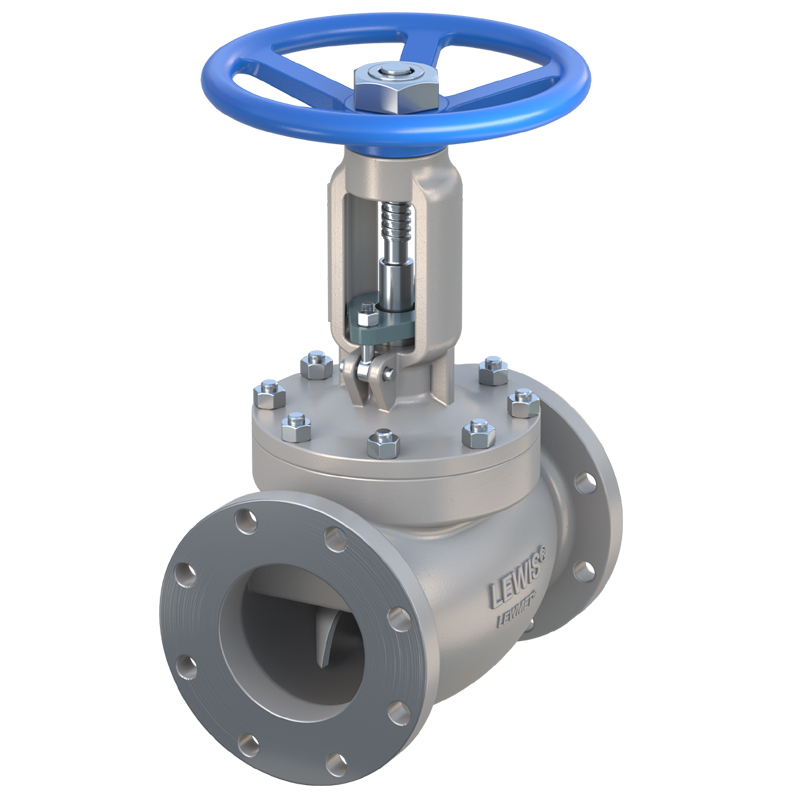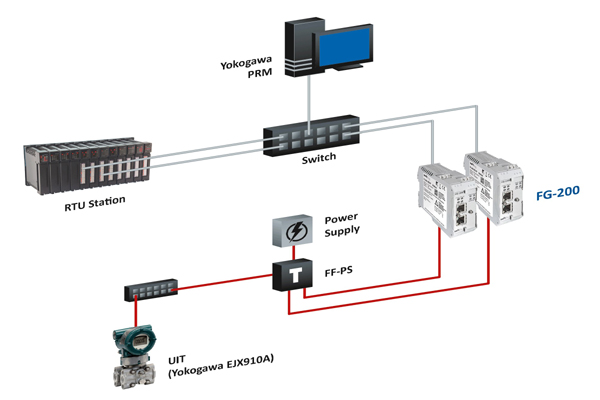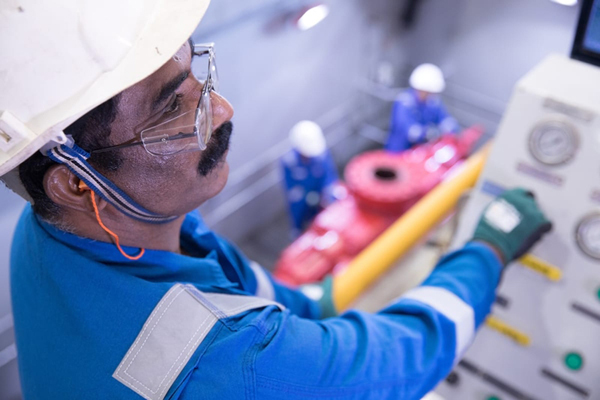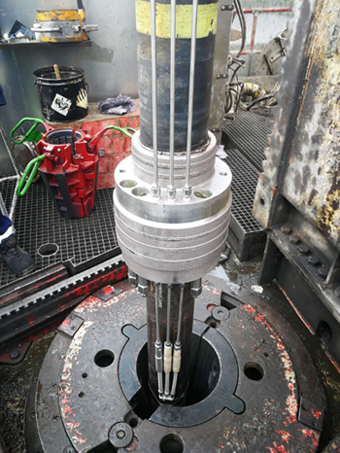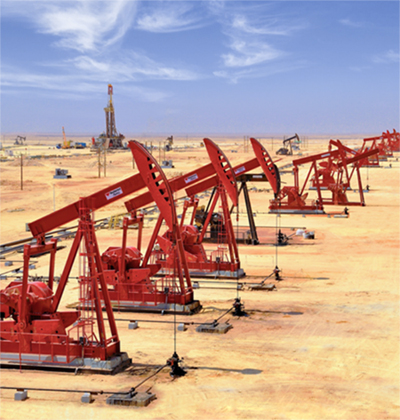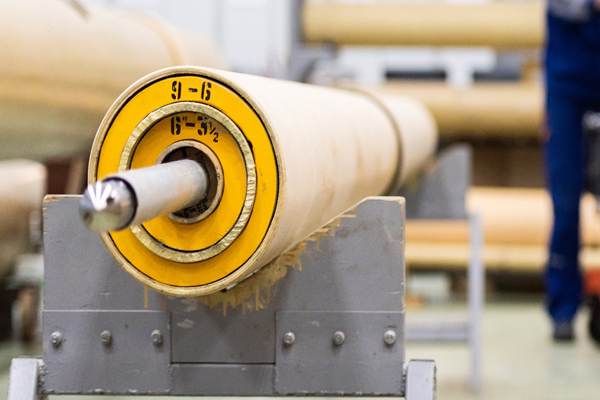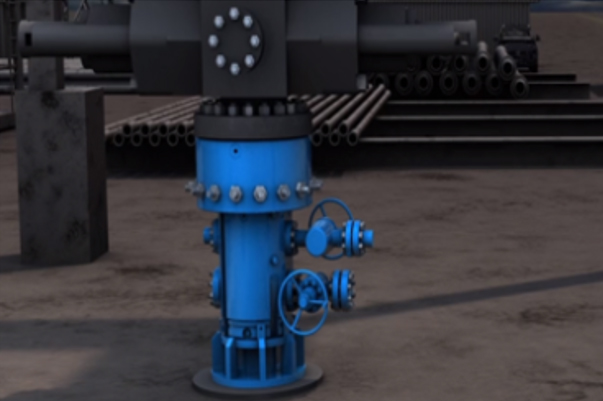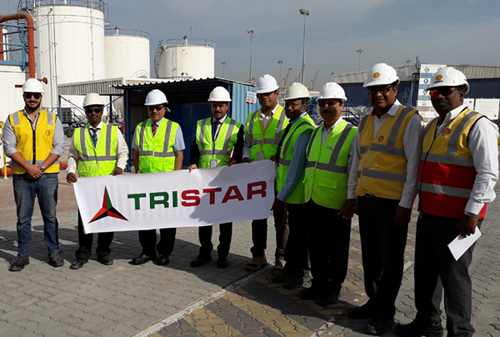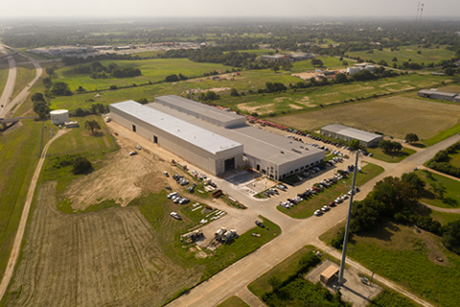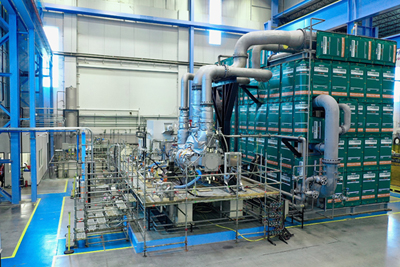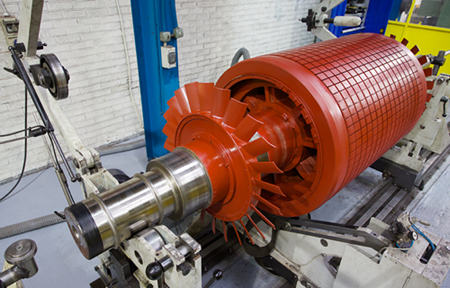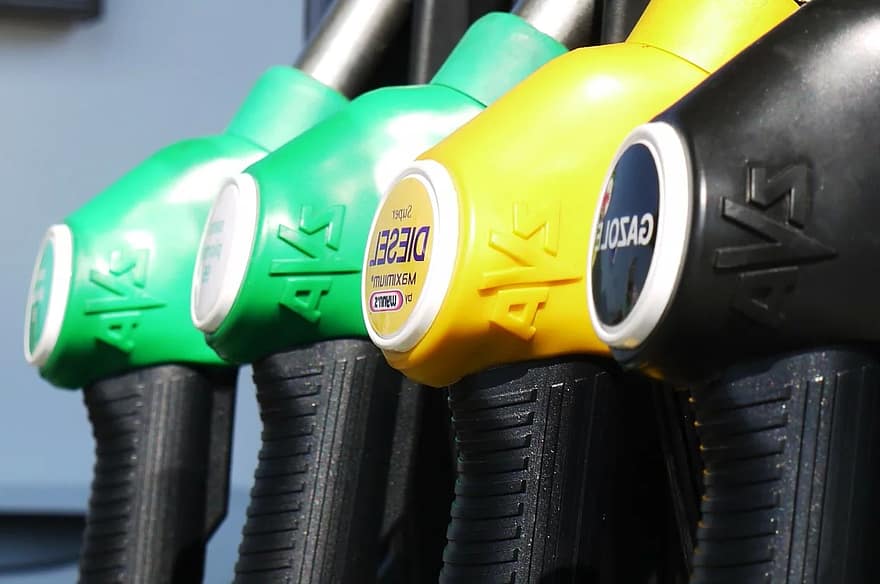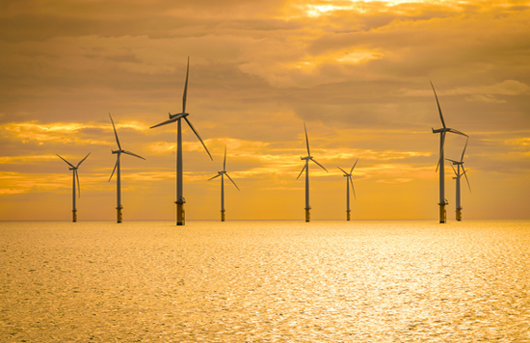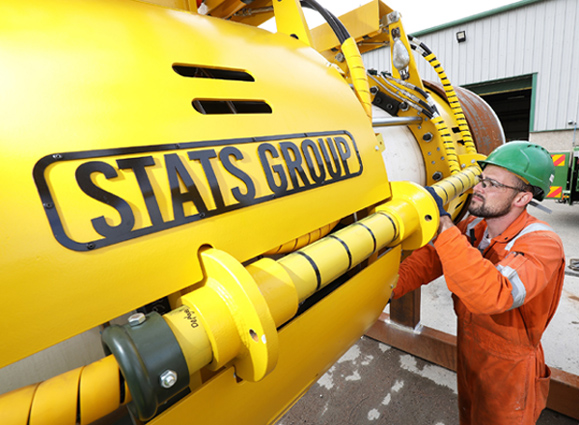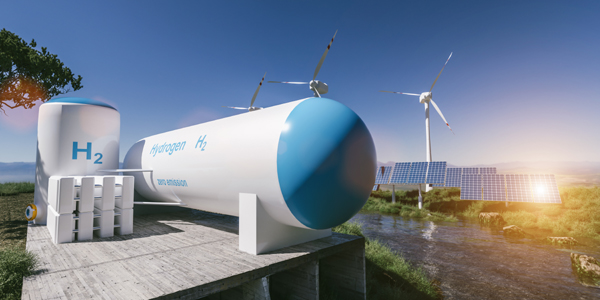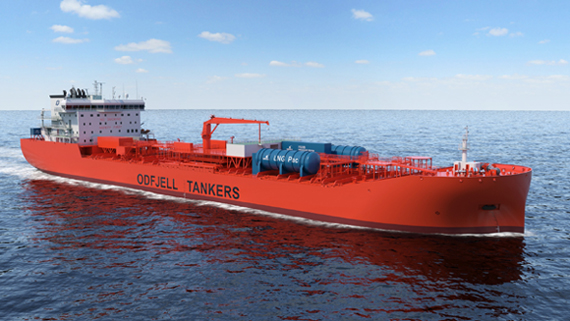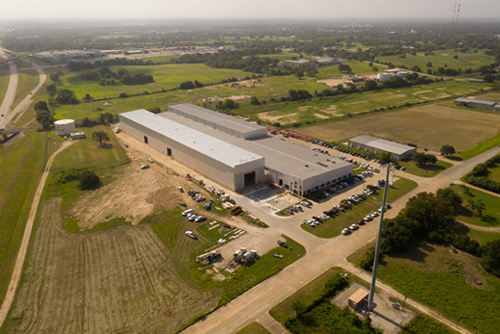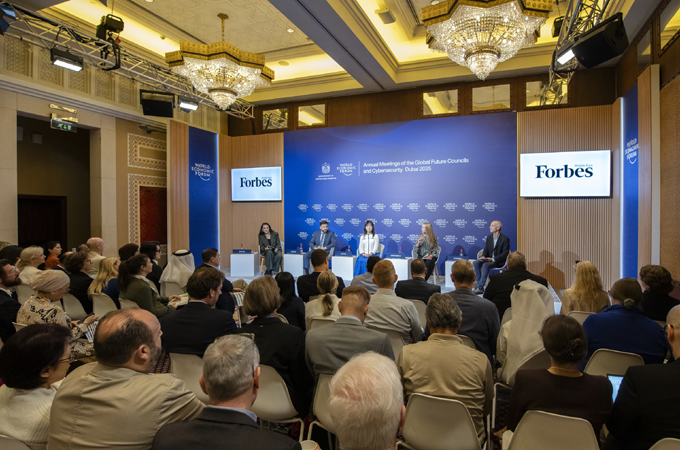
As climate disasters continue to cause disruptions across industries, the Annual Meetings of the Global Future Councils and Cybersecurity 2025 convened experts in Dubai to pinpoint the most promising emerging technologies that can strengthen the planet’s resilience in the face of climate risks.
Sheikha Shamma bint Sultan bin Khalifa Al Nahyan, President
and CEO of the UAE Independent Climate Change Accelerators (UICCA), was present
at the session, which was moderated by Sally Mousa, Senior Presenter at Forbes
Middle East, and brought together Masami Onoda, Director of the International
Relations and Research Department at the Japan Aerospace Exploration Agency
(JAXA); Drew Shindell, Nicholas Professor of Earth Science at Duke University,
US; Leigh Ann Winowiecki, Global Research Leader for Soil and Land Health at
the World Agroforestry Centre (ICRAF) in Kenya; and Yousef Yousef, CEO at LG
Sonic in the Netherlands.
“This discussion couldn’t come at a more critical time,”
said Sally Moussa at the start of the discussion. “Humanity has already
breached seven of the nine planetary boundaries – from biodiversity loss to
ocean acidification – exceeding Earth’s safe operating space. Yet, there is
still hope. The latest World Economic Forum (WEF) report highlights ten
transformative innovations capable of reversing this trajectory. These are not
distant concepts; they are scaling now.”
Focusing on air pollution first, Onoda discussed next-gen
Earth observation technologies. “Earth observation gives us an extraordinary
vantage point,” she explained. “Satellites capture data on carbon, water,
vegetation, and atmosphere with unmatched precision. Decades ago, we had just a
few hundred CO₂ observation points; now, we have hundreds of thousands
collecting data. The issue remains how to deliver this information to the
scientists and decision makers who need it. Partnerships ensure developing
nations can use these insights. If we work together, we can combine strengths.”
Still on the topic of air pollution, Drew Shindell discussed
a lesser-known culprit – methane. “Methane is a powerful greenhouse gas, 80
times more potent and responsible for 40% as much warming as CO₂,” he explained.
“It comes from fossil fuels, waste, and agriculture. We can now use remote
sensing to detect leakage from fossil fuel exploration, but with agriculture,
you need new techniques, like precision fermentation. Meanwhile, the waste
sector can capture methane and turn it into usable energy. Many of these
solutions pay for themselves, but we still need capital, public-private
partnerships, and the right regulations to scale these technologies globally.”
For her part, Winowiecki discussed soil pollution, and
revealed that this year’s event saw the launch of the first Global Future
Council on Soil and Land Health. “We depend on soil for water regulation, food,
and nutrition security; it is the most biodiverse ecosystem on Earth, holding
immense potential to store carbon if managed properly,” she asserted. “There
are new technologies for us to actually understand the diversity in soil. With
Earth observation, we can create soil carbon maps, 90% accurate soil erosion
maps, tree cover maps, etc., but investing in soil monitoring and translating
data into policy is critical.”
Last but not least, Yousef shifted the focus to water, as
well as business scalability. “I had the idea to use ultrasound to kill algae
and other harmful organisms in the water. It took us about five years after
research and development to be able to scale up – now to 69 countries. Going
from a pilot to a large scale is a big risk; there are three unknowns here:
unknown technology, unknown company, and unknown markets. So, we need to be
innovative at financing too, and blended finance models are one answer.”
The 10 technologies were outlined in a WEF report titled ‘10
Emerging Technology Solutions for Planetary Health’, namely, Precision Fermentation,
which uses microbes to create animal-free proteins with up to 97% fewer
emissions and minimal resource use; Green Ammonia Production to replace fossil
fuels with renewable energy and produce low-carbon fertiliser, fuel, and other
materials; Automated Food Waste Upcycling, AI-driven systems that recycle up to
95% of food waste into compost, biogas, and new products; and Methane Capture
and Utilisation, which converts methane emissions from waste and farms into
renewable energy and materials.
The report also mentions Green Concrete, designed to reduce
cement emissions by up to 90% through carbon capture and recycled industrial
materials; Next-Gen Bi-Directional Charging, which enables EV batteries to power
homes and grids, supporting clean, flexible energy systems; Timely and Specific
Earth Observation, where AI and satellite data deliver real-time climate and
ecosystem insights for better decisions.
Rounding up the list is Modular Geothermal Energy, where compact systems generate steady, low-emission power with minimal land and water use; Regenerative Desalination, which uses renewables to recycle water and resources, cutting waste, and expanding freshwater access; and Soil Health Technology Convergence, which uses sensors and analytics to restore degraded soils and boost sustainable agriculture. -OGN/TradeArabia News Service




